As a strong economic sector of Quang Ninh, the recent storm No. 3 has caused heavy damage to the Quang Ninh aquaculture industry, especially to households raising cages at sea. Some people have lost a few hundred million, some have lost billions, even tens of billions of dong, swept away by the waves.

Once a bustling area with over 100 households raising fish in cages on the Cam Pha sea, after storm No. 3, all that remained in the Cap Vo area were scattered pieces of broken rafts and floating plastic buoys. The farmers’ assets, which sometimes amounted to billions of dong, were now reduced to a few wooden stakes and plastic pipes, and some people could not even find their rafts.
Mr. Dinh Xuan Duc, a fish cage farmer in this coastal area, considered himself lucky to have found some plastic buoys and rafts, and while diving into the water to tie the joints between the cages, shared: “Previously, this area had more than a hundred fish cages, the whole house, rafts, machinery, and boats were all swept away by the storm. The rafts broke, and the fish swam back to the sea. Empty-handed.”

According to preliminary statistics of Cam Pha City, as of September 11, in the coastal area of the city, only about 39 households still kept some parts of their cages, with damage ranging from 50-70%; the remaining 326 households were almost completely damaged. It is worth mentioning that because most of the households raised high-value fish such as: Song, vước, chim vang..., the property damage was very large.
On the fifth day after the storm, on the sea, some people were trying to reinforce the remaining cages, while others mobilized their brothers, relatives, and neighbors to cast fishing lines to catch any fish they could. In the cages that were lucky enough to have the nets intact after the storm, the grouper fish weighing several kilos were bumped, scratched, and had their scales burned, swimming slowly, causing the farmers to worry.
Mr. To Van Toan sadly shared: “Before the storm, my family borrowed money from the bank and relatives to invest in 27 rafts, raising 10,000 groupers, then pompano, sea bass, and a few other types, nearly 20,000. Now it is not even a few parts. But I am extremely worried because I am afraid that if the fish are weak, then sick, the fish cannot survive, then I really do not know where to get money to pay the bank interest, not to mention investing again…”.

As an important marine economic sector, Quang Ninh’s marine workers have never faced such terrible losses as they do now. According to the province’s damage report from storm No. 3 as of 5 p.m. on September 12, over 2,637 aquaculture facilities have been damaged. Not only Cam Pha, but all coastal localities are in the same situation of almost “empty seas”.
In Quang Yen town, all 800 oyster rafts and 1,700 fish cages of households in the town were destroyed after the storm. Feeling sorry for their children, these days, many people are still trying to go to sea to search and save their last assets, from pieces of wooden rafts to ropes for hanging oysters and mussels.
Leaving his house on the shore with its roof blown off, since the storm passed, Mr. Do Van Huong (Tan An ward, Quang Yen town) has been going to sea every day to try to salvage a little bit of his family's livelihood. Mr. Huong pondered: "The two brothers, each invested about 1 billion VND in oyster rigs, all of which were swept away by the storm. All the capital, now there is nothing left, I don't know what to do, I don't know how to fix it anymore...".

In the localities: Van Don, Cam Pha, Ha Long, Quang Yen and all coastal localities of the province, aquaculture farmers also suffered losses due to storm No. 3. Some lost a few hundred million, some a few billion, some tens of billions of dong, swept away by the waves. The sea surface is still in chaos after the storm. There are people missing and have not returned. And it may take a long time for this important marine economic sector to recover to its pre-storm state.
Currently, localities are still reviewing and calculating the damage to aquaculture activities, and at the same time planning to clean up the marine environment in the coming time, as well as creating supportive conditions so that people can return to farming in the shortest time.

To ensure sustainable aquaculture and adaptation to climate change, in the long term, a comprehensive solution is needed to restore marine farming in a more sustainable direction, especially in the current increasingly complex weather conditions.
Source



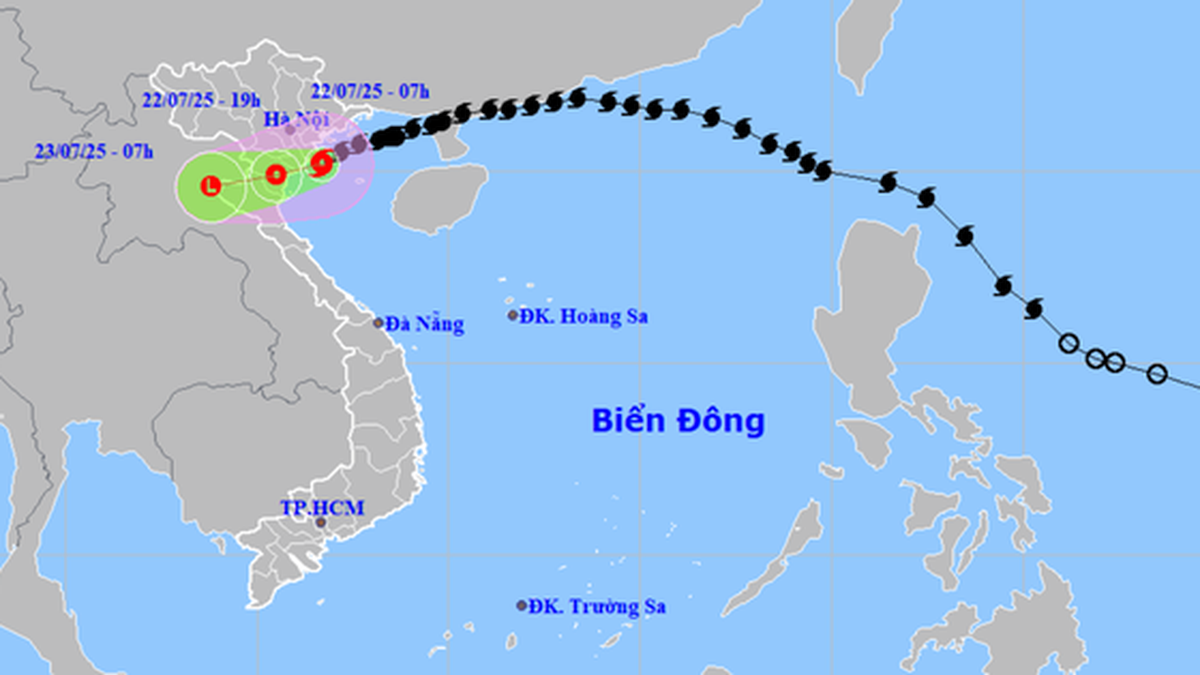
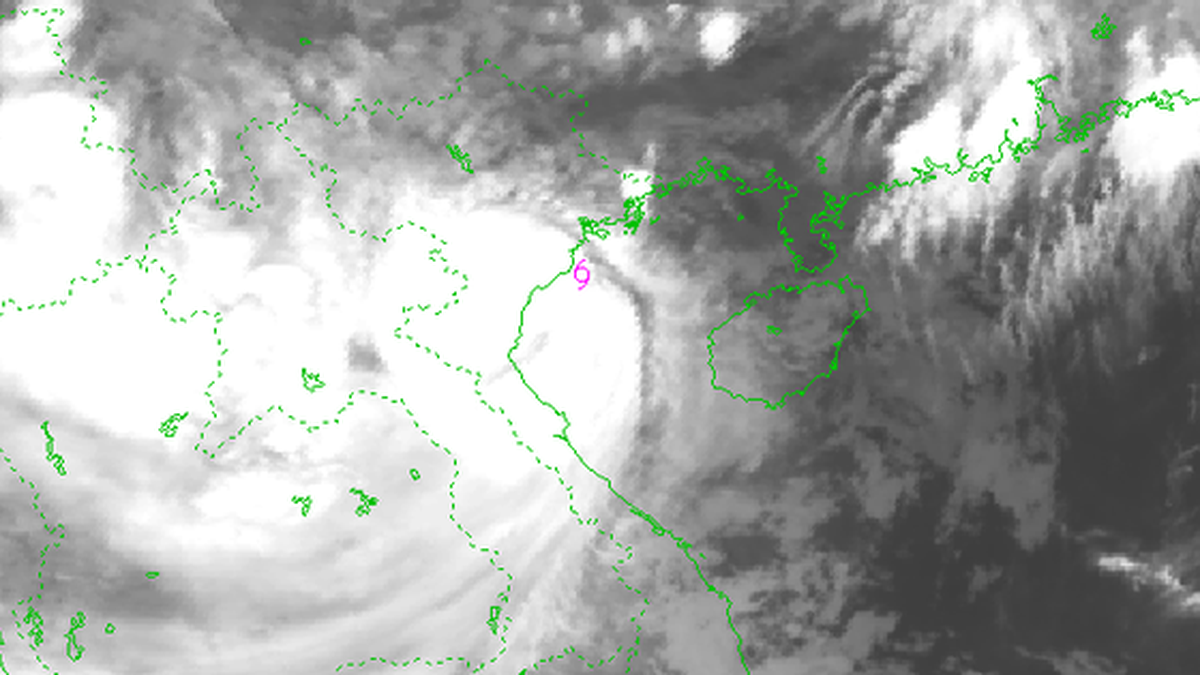

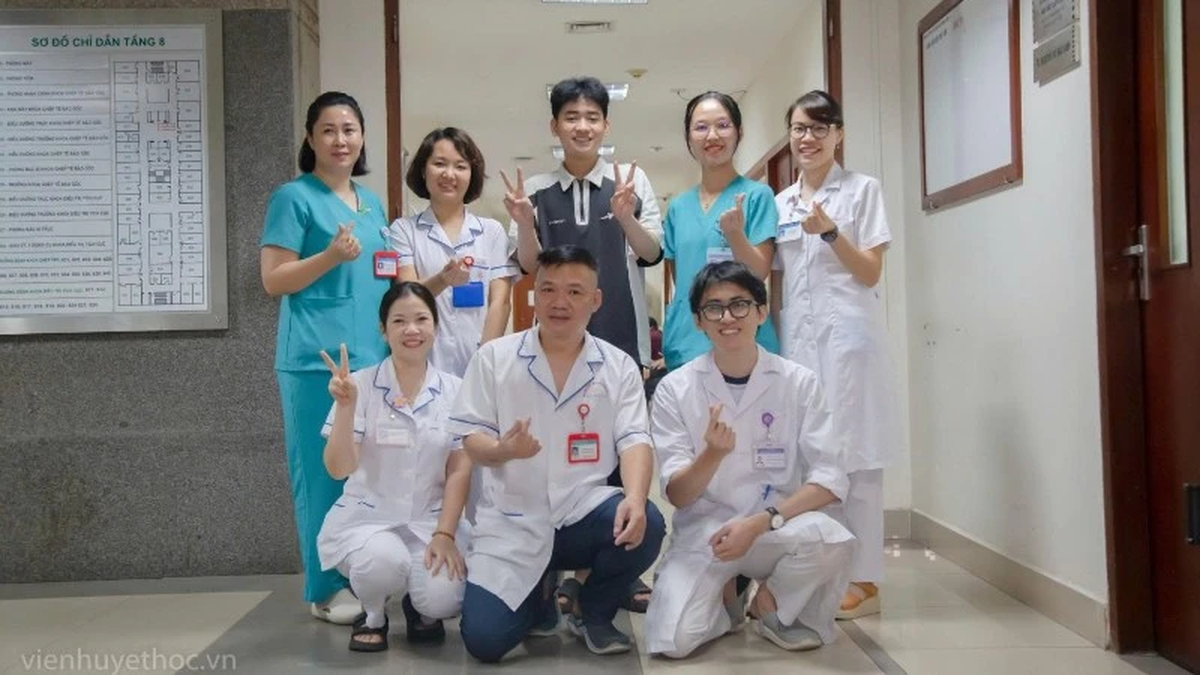

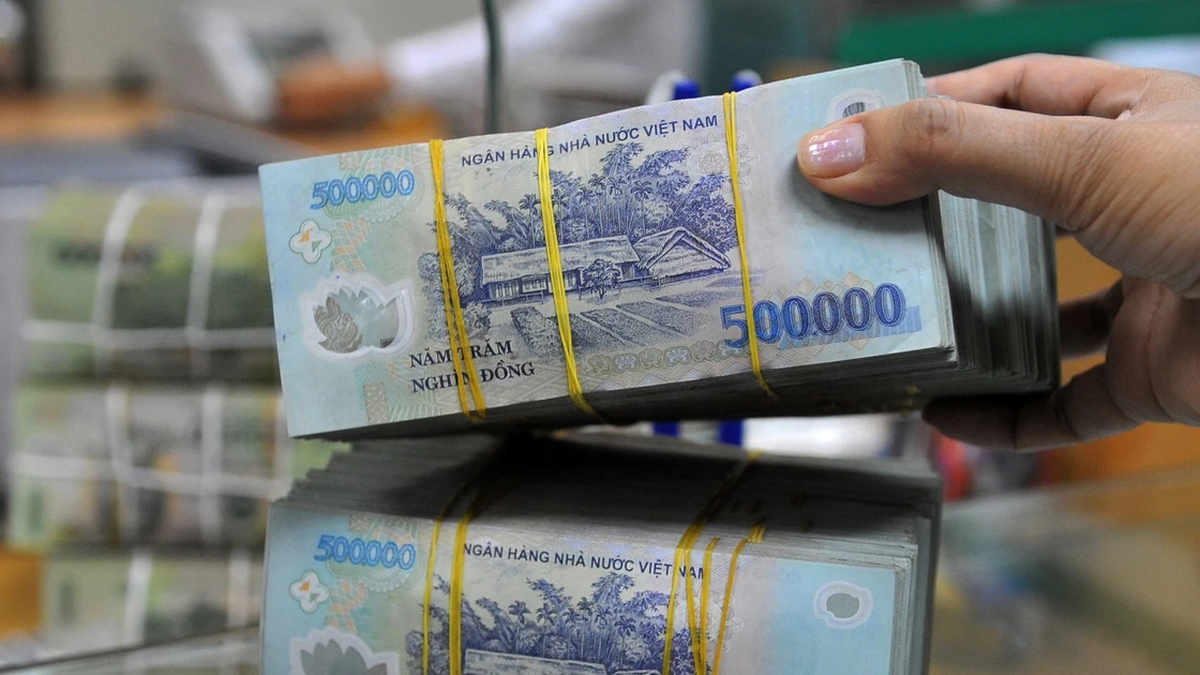













![[Photo] National Assembly Chairman Tran Thanh Man visits Vietnamese Heroic Mother Ta Thi Tran](https://vphoto.vietnam.vn/thumb/1200x675/vietnam/resource/IMAGE/2025/7/20/765c0bd057dd44ad83ab89fe0255b783)









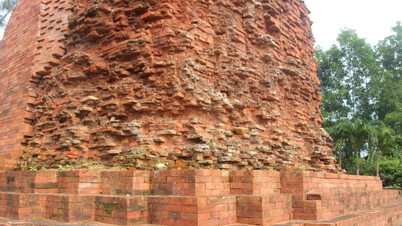



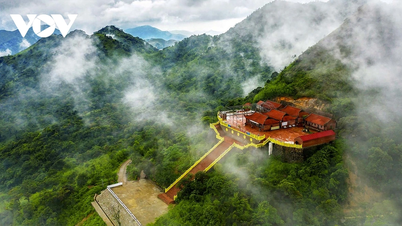



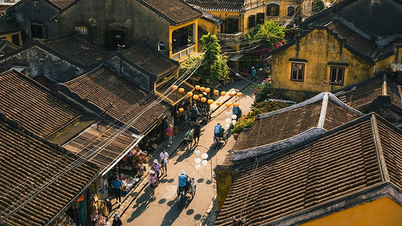





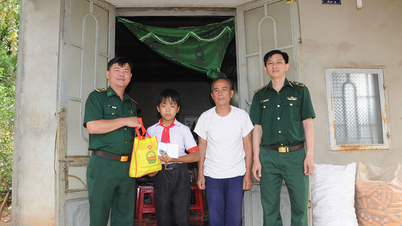











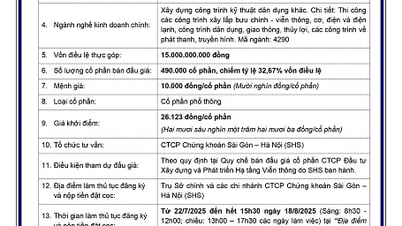
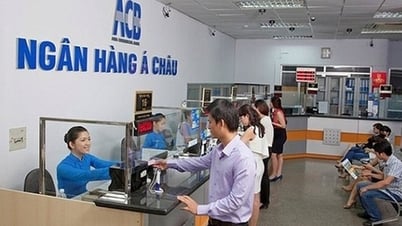






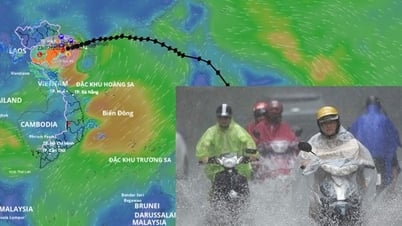

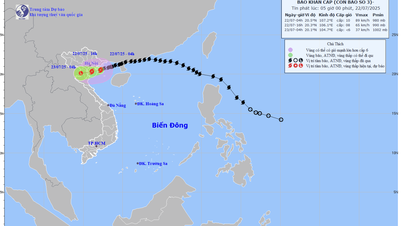

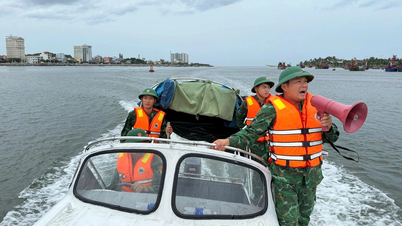

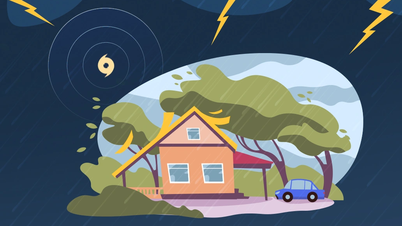




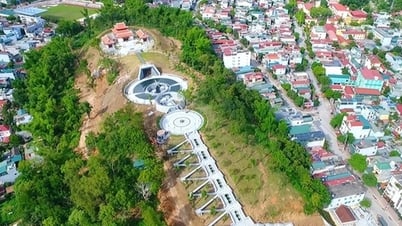












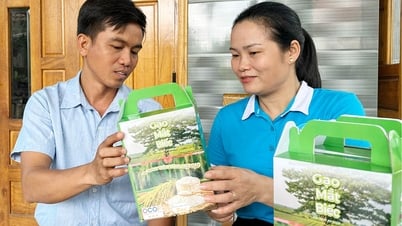










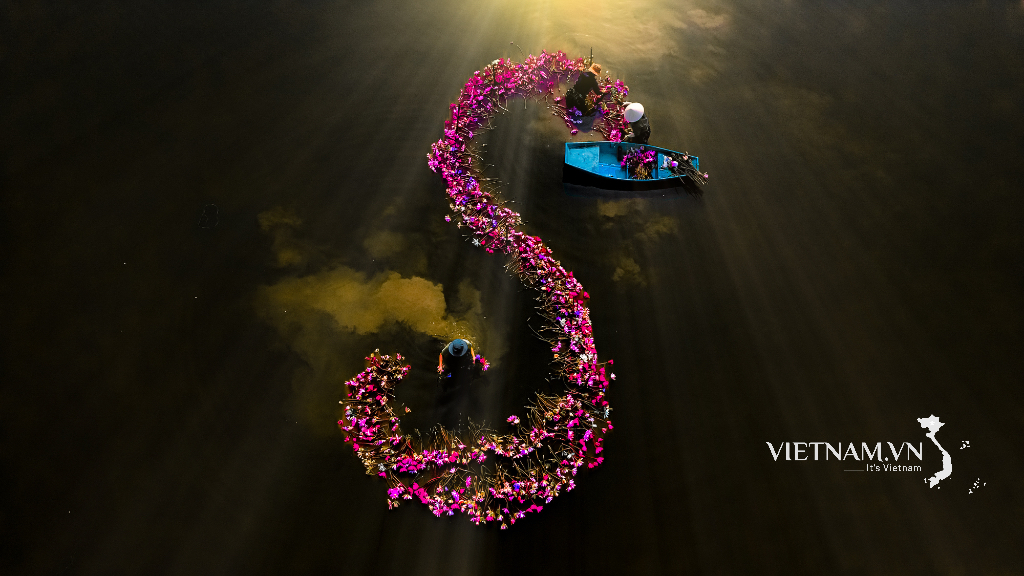
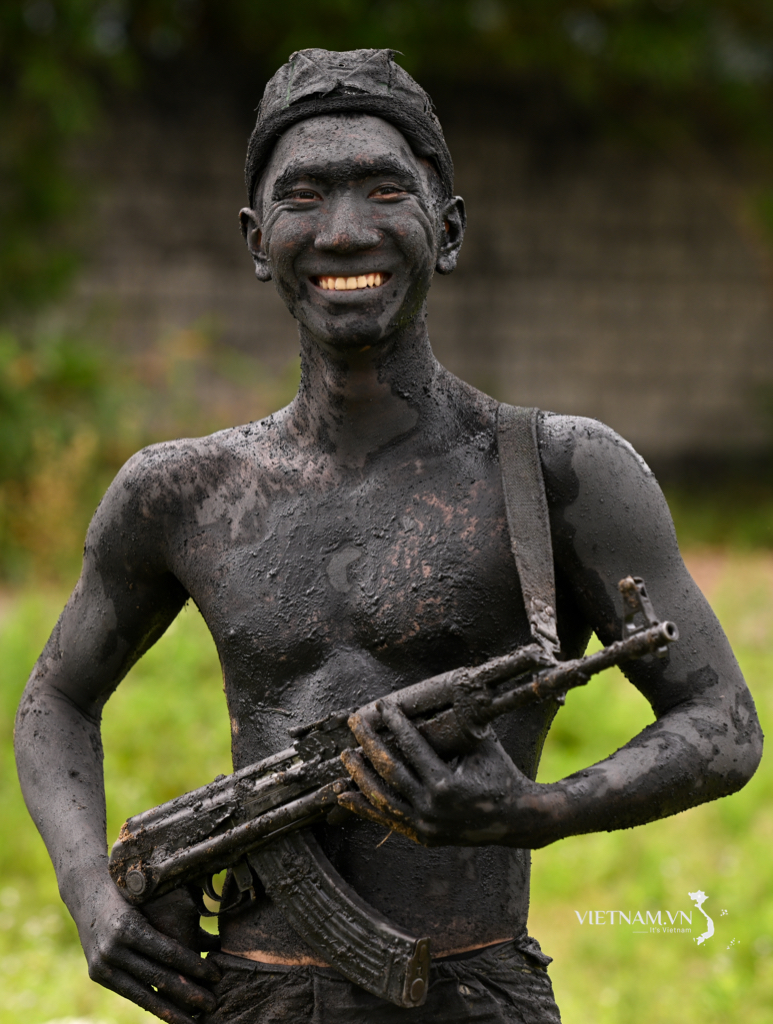

Comment (0)